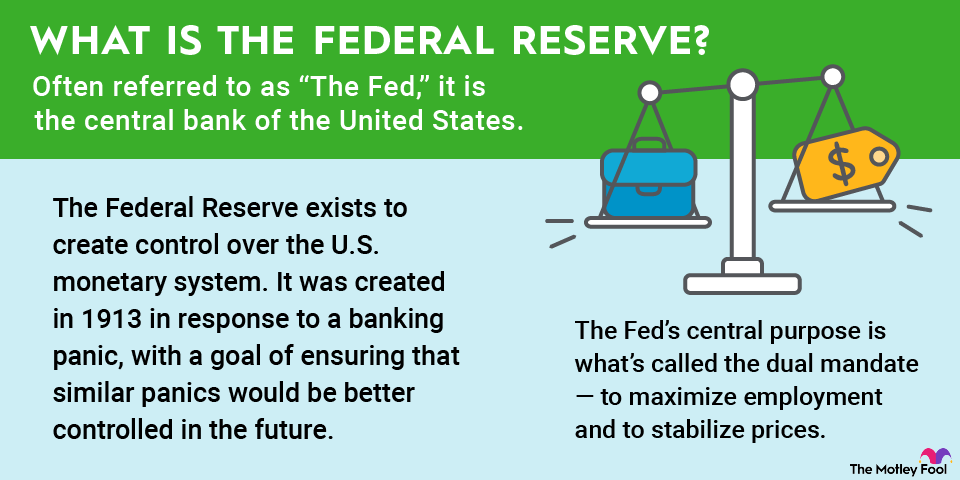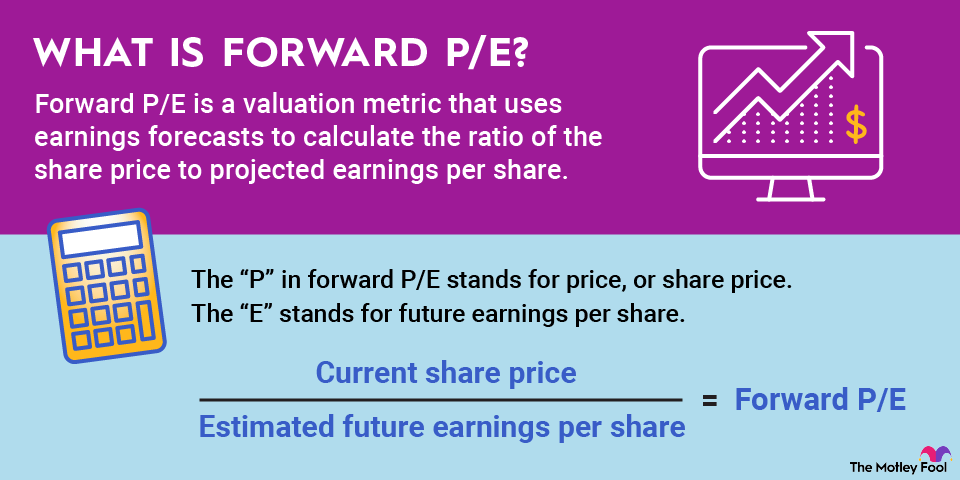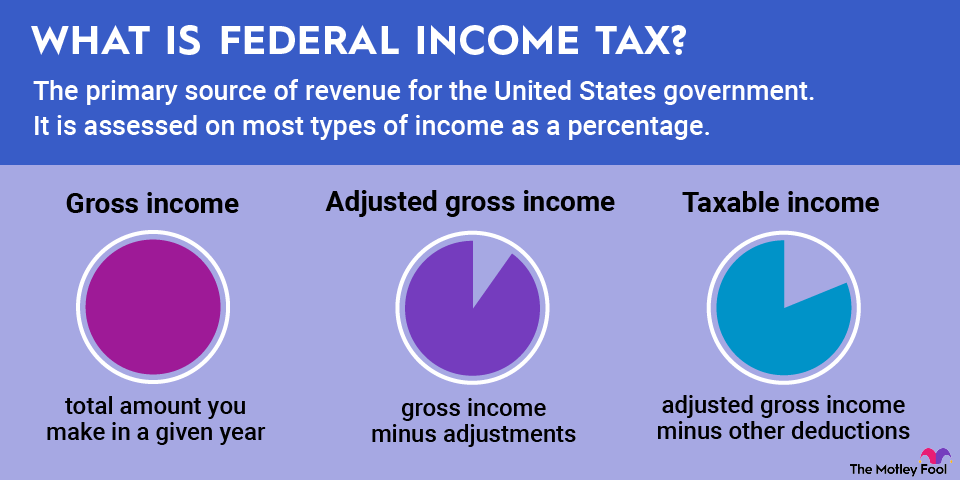
Pros and cons of fast fashion
Fast fashion is affordable and convenient for style-minded consumers. The massive inventory of trendy and budget-friendly garments makes it possible for anyone to dress like an A-lister. And, when those trendy pieces are out of style the next season, shoppers can easily replace them with more current options.
Unfortunately, democratizing style has some serious trade-offs, including:
- Disposable consumerism. Fast fashion enables and encourages a wear-once, disposable mentality.
- Environmental damage. An analysis from International Union for Conservation of Nature concludes that 35% of microplastics found in the ocean come from washing clothes made of synthetic materials. Fast fashion manufacturers rely heavily on synthetics like polyester and rayon.
- Excessive landfill waste. According to the 2015 documentary The True Cost, the average American throws out 82 pounds of textile waste annually. Those old garments can sit in landfills for up to 200 years.
- Energy inefficiency. The fashion industry produces more carbon emissions than international flights and overseas shipping combined.
- Labor abuses. The U.S. Department of Labor reports that garments, footwear, and fashion accessories are commonly linked to labor violations.
ESG Rating
Sustainability in fast fashion
There is a growing movement to encourage the fashion industry to be less toxic to the environment. Some fast fashion retailers have heard the call and responded, with sustainable collections and/or environmental initiatives. Examples include:
- H&M launched a sustainable line in 2010, in response to consumer demand.
- Zara launched a sustainable collection in 2016. In 2019, Zara's parent company announced it would shift to using only organic, sustainable, or recycled materials by 2025. And by the same year, the company plans on powering 80% of its operations with renewable resources.
- ASOS has committed to net-zero emissions across its value chain by 2030.
Consumers have a role to play here, too. As more shoppers choose not to buy cheap, disposable clothes, apparel retailers and manufacturers will have to adjust.
That behavioral shift isn't necessarily more expensive for shoppers. In the long run, it can cost less to buy fewer, long-lasting garments than purchasing more garments that are worn only once or twice. Shopping secondhand and subscribing to clothing rental services are other cost-effective strategies for avoiding fast fashion.


















